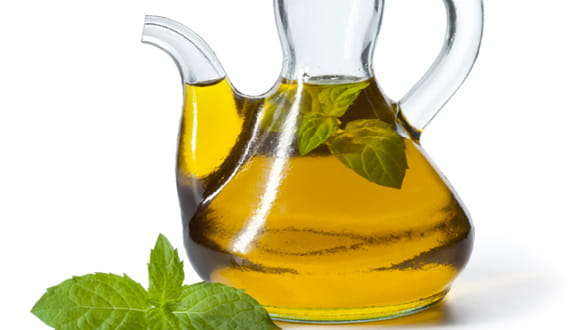What's the Best Cooking Oil? Comparing Popular Options
March 6, 2025 - Amanda BeaverOur options in the cooking oil aisle have expanded dramatically over the last few years. Extra virgin olive oil has long been regarded as the gold standard for cooking oils — but is it still the best choice, even with new contenders like avocado oil that have entered the market?
If you ask me what the best oil is to cook with, I will say it depends! Every cooking oil is different. Before we dive into which to choose, we first need to talk about what makes a good cooking oil.
Factors that determine which cooking oil you should choose
In addition to how you're cooking your food (or if you're baking), consider these factors before you pick a cooking oil.
Healthfulness of the oil
Not all fats are created equal! Monounsaturated and polyunsaturated fats are healthy fats, while it is recommended to limit saturated fat. In fact, the American Heart Association recommends replacing saturated fats in your diet with unsaturated ones.
How hot or how long you will be cooking the food
Each type of fat behaves differently when heated. If heated at too high of a temperature or for too long, some fats can degrade and oxidize — producing compounds that may be detrimental to our health. This may also change the way they taste, making them taste worse. Polyunsaturated fats oxidize more readily compared to saturated and monounsaturated fats.
Smoke point of the oil
The smoke point of a cooking oil is the temperature the oil begins to smoke at while it's being heated. If your oil begins to smoke in the pan, throw it out! This is a sign that the oil has begun to degrade and produce unhealthy compounds. Unrefined cooking oils generally have lower smoke points than refined oils, making them less ideal for high heat cooking.
Flavors you are going for
Each cooking oil has a different flavor profile, which may affect how your meal tastes. These flavors range from rich and buttery to fishy.
So, which cooking oil is best for you?
Most of the time, my answer is still: It depends!
But, despite the myriad options in the cooking oil aisle, my top pick is still extra virgin olive oil. With its great flavor, versatility and the large body of research backing it as a healthful oil — you can't really go wrong!
My pick for runner-up is avocado oil because it is also rich in heart-healthy monounsaturated fats.
Some of the popular options, like coconut oil, ghee and canola oil, aren't "superfoods" as some might have you think, but they may not be as unhealthy as critics imply. They all have pros and cons, and many of the claims about these cooking oils are blown out of proportion.


